Are you a Quiet Speculation member?
If not, now is a perfect time to join up! Our powerful tools, breaking-news analysis, and exclusive Discord channel will make sure you stay up to date and ahead of the curve.
You may be aware that I usually write about paper Magic. But as an avid MTGO player, I want to take the next couple weeks to discuss the financial aspects of being a drafting addict.
It's hard to be a drafting addict and only play paper Magic, unless you happen to live in proximity to enough stores that you have options most nights of the week. Most of us are not so lucky in that regard. The other alternative of getting eight people together for a casual draft is quite a feat, and not something I care to bother with very often.
Which leaves MTGO as the only reasonable option. It's not a great option. Version 4 is laggy, buggy, and unstable, but it is getting better (or I am just becoming desensitized to its badness), and I have been drafting Khans of Tarkir almost nightly for the last week. My plan today is to help you be a little more effective with your Magic Online funds to maximize the value you get out of each draft.
Why Should I Listen to You?
Good question! I'm not an expert on the MTGO financial market, and I don't necessarily plan to become one any time soon. I'm also a pretty average player. My rating tends to hover in the high 1700s, creeping into the mid 1800s when I'm on a hot streak and down around 1700 when I'm just not getting a format.
But MTGO version 4 confirmed something for me that I've suspected for quite a while: I draft an awful lot for far less money than I put into the system. Unlike with version 3, MTGO now contains your entire order history, showing you exactly how much you've spent in the store. I did a little math to figure out my price per draft.
I began playing MTGO in January of 2012, and since that time I have put exactly $725 into it. That's not exactly a small amount of money, but stretched over three years, it's only about $20 a month. In those three years, I've drafted over 300 times, and the list price for those drafts is over $4000. That means each draft has cost me around 15 to 20 percent of its list price, or $2 to $3 each. In addition, my account is currently holding 175 tickets plus a few boosters.
So yeah, I've put some money into MTGO, but I would say I've more than gotten my money's worth. If you want to learn how I do it, read on.
Back in the Days of Innistrad
When I first signed up for MTGO, triple Innistrad was the format of the hour. At this time, I was not yet addicted to drafting, but was still experimenting with a number of formats. I signed up for Magic Online mainly to mess around with a Block Constructed R/W Humans deck that I could buy for less than $10. I also dabbled in some Pauper and some budget Standard.
I was drafting a fair bit, too, and I looked at redemption as a means to use MTGO to supplement my paper collection. I was new to Draft at this time and lost a lot. This meant pouring more money into the system to allow me to keep drafting, and I ended up spending $204 in just January and February of that year.
After this, my computer broke down and I didn't play MTGO until the end of the year. Once I replaced it, the first thing I did was sell my Constructed cards (I was a full-fledged drafter by this time) to help fill out and redeem a complete Innistrad set (I pretty much only needed a Liliana of the Veil). So add a full paper set of Innistrad to the 300 drafts and 175 tickets I've gotten from the money put into MTGO.
Unfortunately, redemption costs on MTGO were increased with Gatecrash from $5 to $25 per set. I may have continued collecting complete sets if this hadn't happened, but this is an untenable cost for a drafter just looking to stretch his dollars as far as possible.
Because card prices have all dipped to account for this increased cost, those buying digital cards for redemption haven't lost much, but drafters have cards worth less money and have to put a real investment toward turning them into paper cards. For these reasons, I advise against redemption for casual drafters. Adding an extra $25 to what you already spend completing a set is simply unacceptable.
The Most Basic Advice I Can Give
The first thing you should know about playing MTGO is that there is only one thing you should ever buy in the store: tickets. Tickets are the currency of the platform and cost $1 each. I have heard of times in the past where one could buy tickets for less than $1 each from third-party dealers, but I have never seen this in the wild.
Using tickets, you can trade for packs, which almost universally sell for less than the $4 that WOTC charges. Sometimes packs dip below $3, but usually are around $3.50. By buying tickets only and trading them for packs, you're automatically saving yourself $1 to $3 per draft. This is just the start of stretching your dollars into even more drafts.
Return to Ravnica and Gatecrash
The unfortunate result of redeeming my Innistrad set was that I now had a largely empty MTGO collection. This meant spending more cash, and indeed, the bulk of the $725 I've put into MTGO was during Return to Ravnica and Gatecrash, or late 2012 and early 2013. I spent $388 in this period, drafting more than 100 times.
Since Return to Ravnica was the last set with $5 redemption, at the time I assumed I would be working toward completing another set and redeeming it. Because of this, I didn't sell any cards from the set as I drafted it. I just saved them and bought more tickets.
It certainly wasn't the master plan, but having these cards in my account when Theros came out was key to MTGO clicking for me financially. Next week, I'll discuss in detail the patterns I follow to maximize returns from the cards I draft.
Accepting the Cost
Look, what I've learned about drafting on MTGO is that starting out is expensive. Constructed events are more cost-effective and pay out better, so it's very possible to go infinite by buying a deck and grinding dailies.
Drafting is different. Cards are generally not worth much when you draft them, payouts are not great (especially when pack prices are low, as they have been since the redemption cost was increased), and the cost of entry is relatively high. If you're prepared to supplement with Constructed, that may be your best bet. But if you're like me, you just want to draft.
Going infinite just from drafting is attainable only by an elite few (I'm certainly not there), but you can reduce your cost per draft to a fraction of what WOTC expects you to pay.
In order to do this, expect to spend at least a couple hundred dollars starting out. Once you've got a season of drafting under your belt (and the cards that came from it), you'll have options. We'll discuss those options in detail next week.


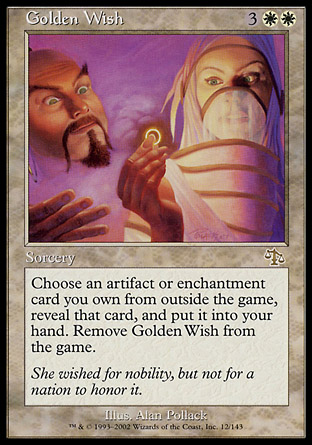
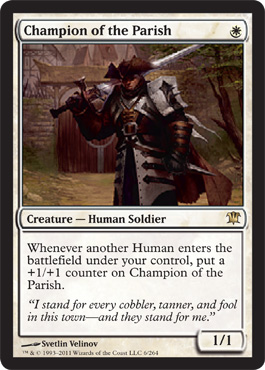
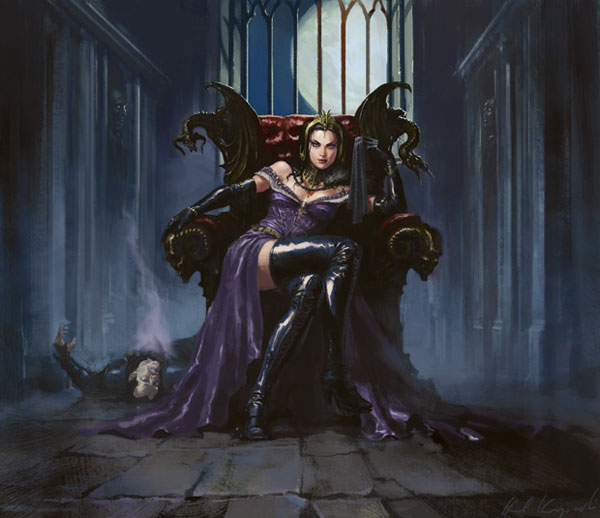
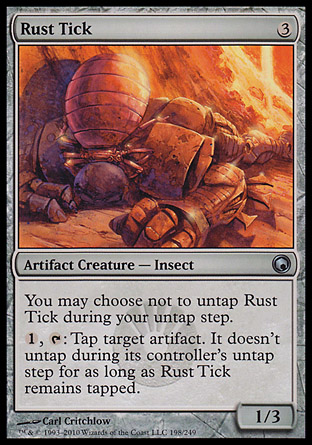
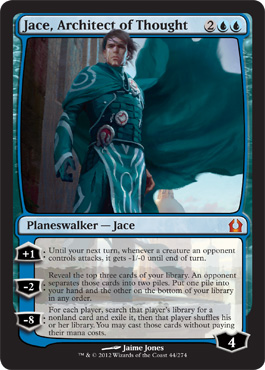


Great work! It sounds like realized there is some value in riding out longer term trends as opposed to dumping your drafted cards for more tix. Modo gets more affordable if you build up a sufficient stock of tix/cards/boosters so you don’t *have* to sell stuff and can wait for better prices.
File a reimbursement for every tournament. You’re welcome
I tend to play the New Player Drafts. With a new account costing $10USD (Having an Australian address helps as it adds no sales tax), it comes with 5 tix and 20 New Player Pts equating to 5 drafts, so effectively each draft cost $1 to play. The downside is that its 4 player 2 round so the experience is less authentic.
Sometimes I play New Player Sealed scheduled, with a 50% win-rate the EV is zero/slightly positive as they pay a toolkit which comes with 2 tix. Its good way to get familiar with a new set and I used it to prep for a paper M15 sealed PTQ.